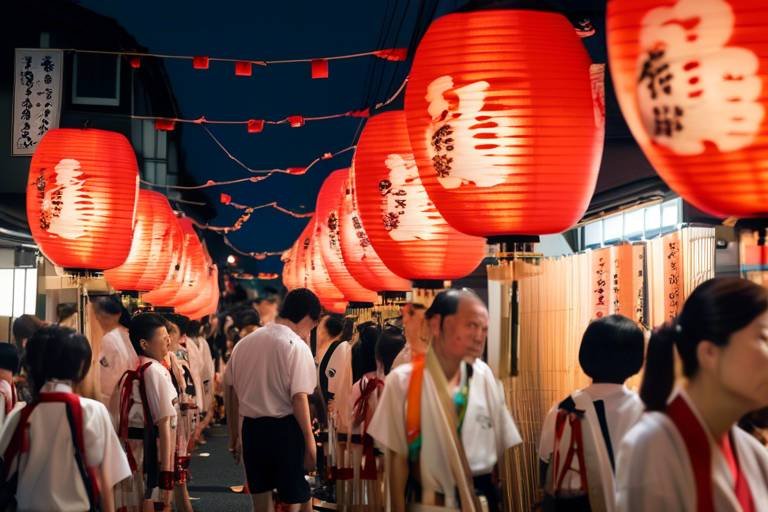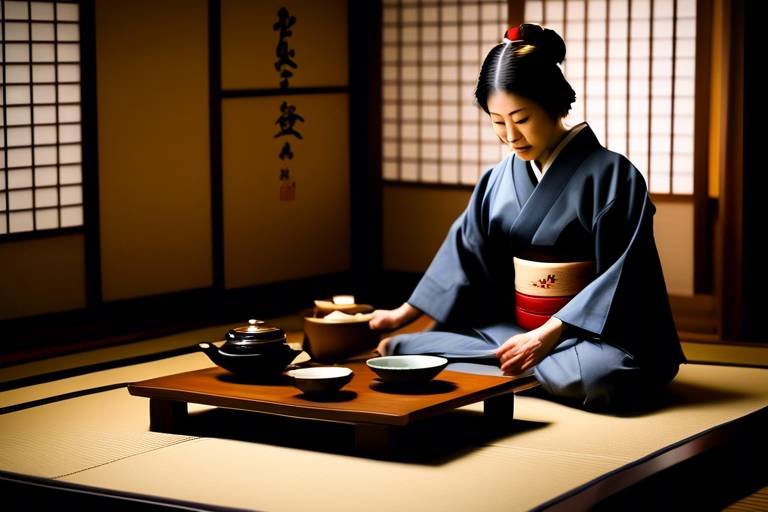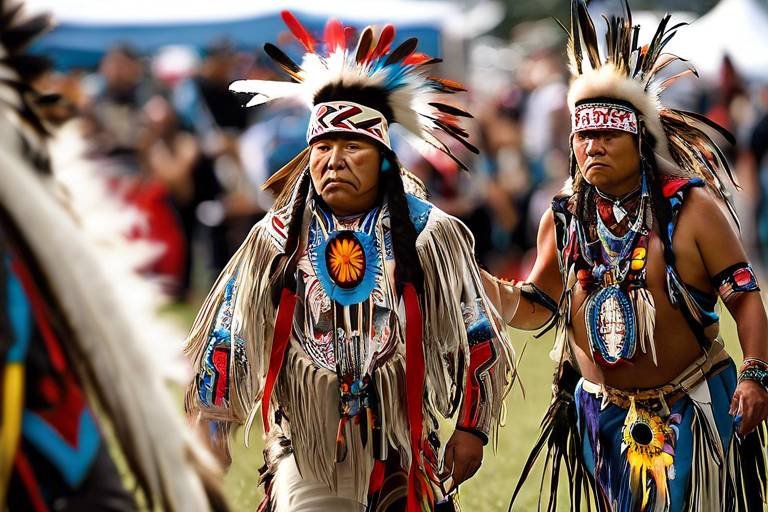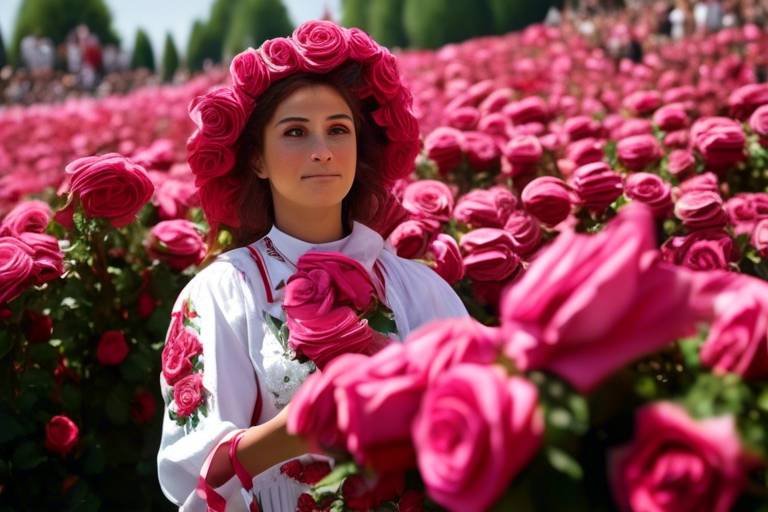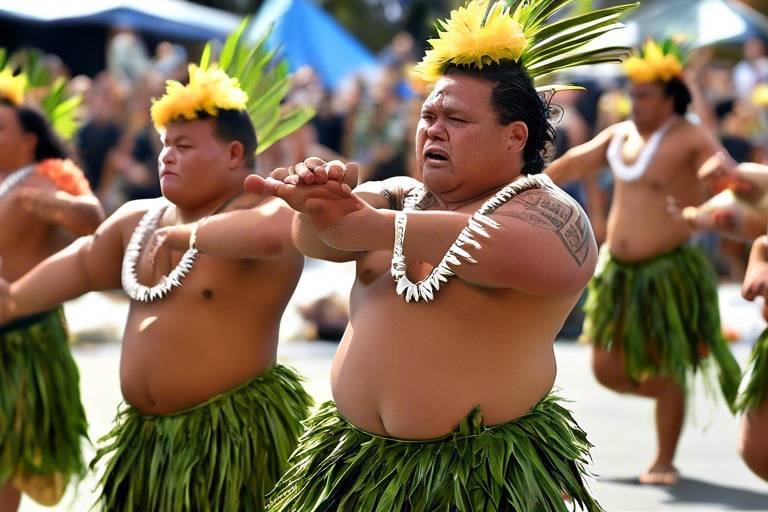Exploring the Spiritual Journey of Japan's Obon Festival
Embark on a spiritual voyage through the enchanting realm of Japan's Obon Festival, a time-honored tradition that resonates with deep cultural and spiritual significance. This annual event serves as a poignant tribute to ancestors, a vibrant celebration of their enduring spirits, and a harmonious blend of dance, music, and heartfelt offerings.
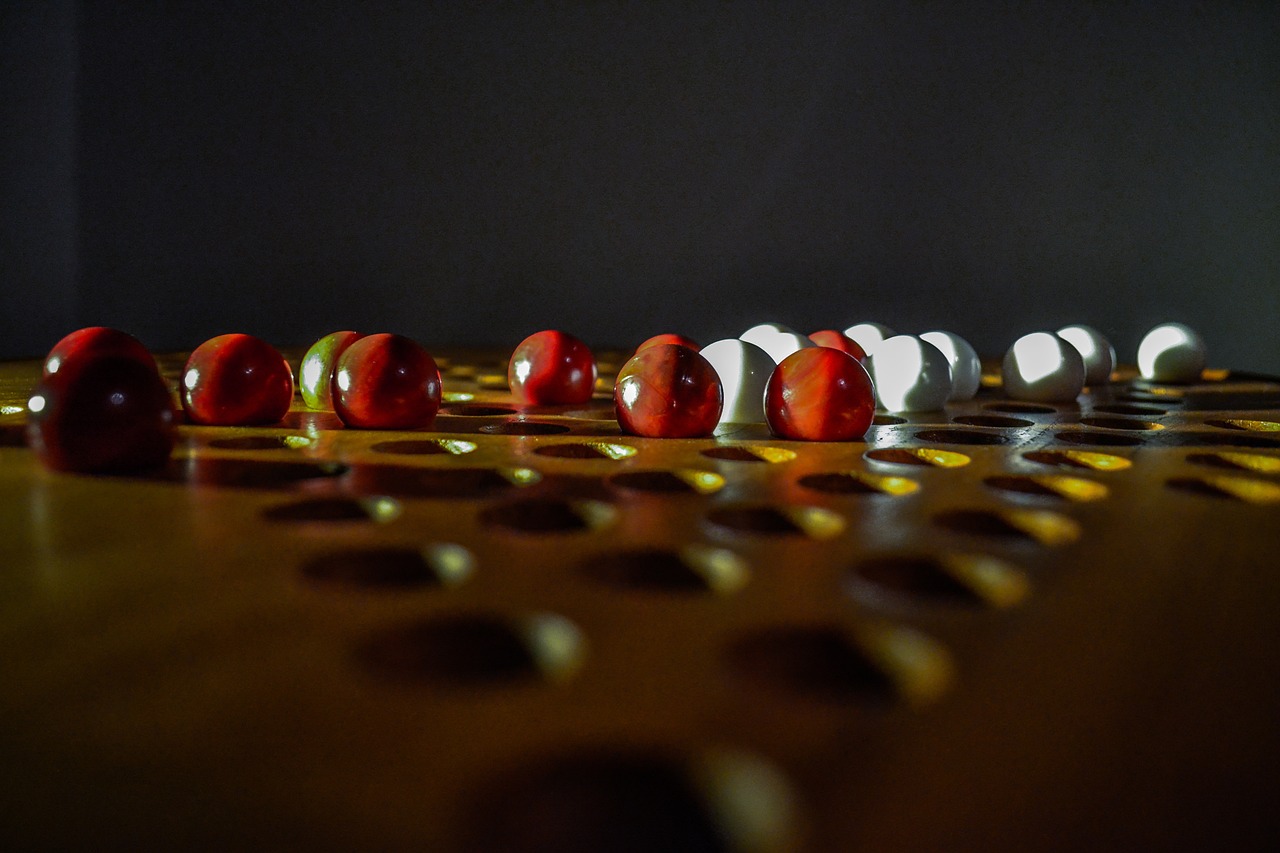
Origins of Obon Festival
The can be traced back to Buddhist traditions and the belief in honoring deceased loved ones. This traditional event has a rich history that dates back centuries, with its roots deeply embedded in Japanese culture. The festival is a time to commemorate ancestors and celebrate their spirits through a series of rituals and ceremonies that symbolize respect and gratitude towards those who have passed on.

Obon Rituals and Ceremonies
The Obon Festival in Japan is a time-honored tradition that encompasses a series of rituals and ceremonies deeply rooted in spiritual beliefs and cultural practices. During this annual event, families gather to pay respects to their ancestors and celebrate the spirits of the departed through a variety of customs.
One of the central rituals observed during the Obon Festival is ancestor worship, where families visit gravesites to clean and decorate the tombstones, offer food and incense, and pray for the well-being of their ancestors' souls. This act of remembrance and reverence is a fundamental part of the festival, symbolizing the enduring bond between the living and the dead.
Another significant aspect of the Obon Festival is the Bon Odori dances, traditional folk dances performed to welcome and entertain the spirits of the departed. These lively dances, accompanied by rhythmic music and drumming, hold symbolic meanings that reflect the cycle of life and death. Each movement in the Bon Odori repertoire conveys a message of gratitude, respect, and acceptance of the impermanence of existence.
Throughout the festival, lanterns play a crucial role in guiding the spirits of ancestors back to the earthly realm. Lanterns are lit and displayed both in homes and at community gatherings, illuminating the path for the visiting spirits and symbolizing the warmth of familial ties that transcend the boundaries between the living and the dead.
The altar decorations during Obon are meticulously arranged with offerings of favorite foods, seasonal flowers, and burning incense. These offerings are believed to nourish and comfort the spirits of the deceased, inviting them to partake in the festivities and receive the love and gratitude of their living descendants.
Overall, the rituals and ceremonies of the Obon Festival serve as a poignant reminder of the interconnectedness of past, present, and future, embodying a profound sense of respect, gratitude, and spiritual unity that transcends generations.

Symbolism in Bon Odori Dances
When it comes to the Obon Festival in Japan, one of the most captivating aspects is the symbolism embedded in the Bon Odori dances. These traditional dances hold deep meanings that go beyond mere movements and choreography. Each dance step, gesture, and rhythm carries a symbolic significance that reflects the cycle of life and death, as well as the connection between the living and the deceased.
The spirited movements of the dancers during Bon Odori represent various elements of nature, such as the flowing of rivers, the swaying of trees, and the graceful flight of birds. These movements not only pay homage to the beauty of the natural world but also symbolize the transience of life and the ever-changing seasons.
Furthermore, the group formations and patterns in Bon Odori dances signify unity and harmony within the community. As dancers move in sync, they create a sense of togetherness that transcends individuality and celebrates the collective spirit of the festival.
In addition to the physical movements, the musical accompaniment of Bon Odori plays a crucial role in conveying symbolism. The rhythms and melodies of traditional Japanese instruments like the taiko drums and shamisen add depth and emotion to the dances, enhancing the sacred atmosphere of the festival.
Overall, the symbolism in Bon Odori dances serves as a visual and auditory tribute to the spiritual essence of the Obon Festival, connecting participants with their ancestral roots and celebrating the circle of life in a vibrant and meaningful way.
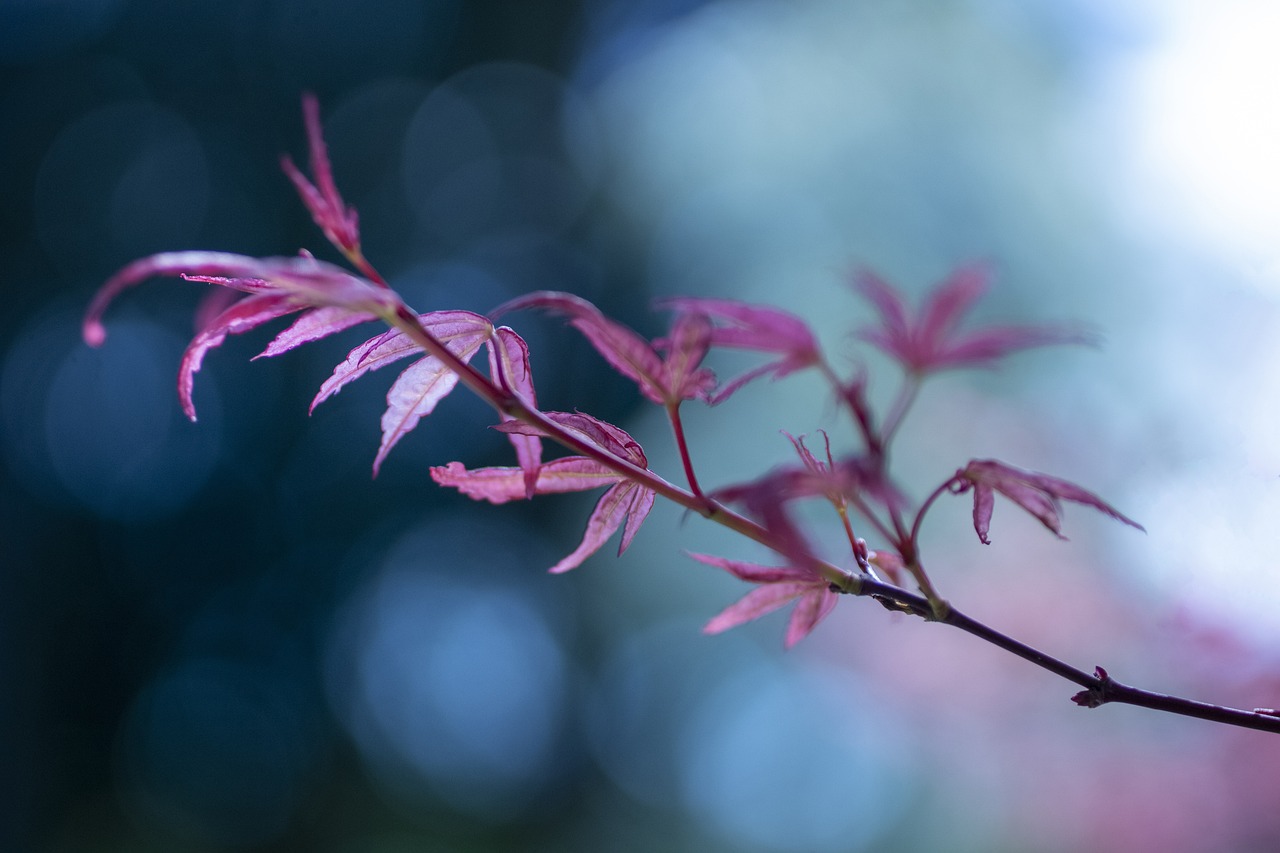
Offerings and Altar Decorations
During the Obon Festival, offerings play a vital role in honoring ancestors and expressing gratitude for their guidance and blessings. The act of making offerings, known as "mukaebi," symbolizes the welcoming of spirits back to the earthly realm. Families prepare elaborate spreads of favorite foods and drinks, carefully arranged on altars alongside vibrant flowers and burning incense. These offerings are believed to nourish the spirits of the departed and ensure their comfort during their visit. The scent of incense wafting through the air is thought to purify the surroundings and create a sacred space for ancestral spirits to dwell.
Altar decorations hold deep symbolic meaning during the Obon Festival. Intricately crafted paper lanterns, known as "chochin," are hung to guide the spirits of ancestors back home. The soft glow of lanterns illuminates the path for the visiting spirits, ensuring they find their way to the family altar. Additionally, colorful paper streamers called "shide" are often displayed to ward off evil spirits and bring blessings to the household. These decorations create a visually stunning backdrop for the rituals and ceremonies performed to honor and remember the departed.
Furthermore, the placement of specific offerings on the altar holds significance. Fruits such as oranges and persimmons symbolize the cycle of life and death, while rice cakes represent the sustenance needed for the spirits' journey. Salt is often sprinkled around the altar to purify the space and ward off negative energies. Each element of the altar decorations and offerings carries a profound meaning, reflecting the deep spiritual connection between the living and the deceased during the Obon Festival.
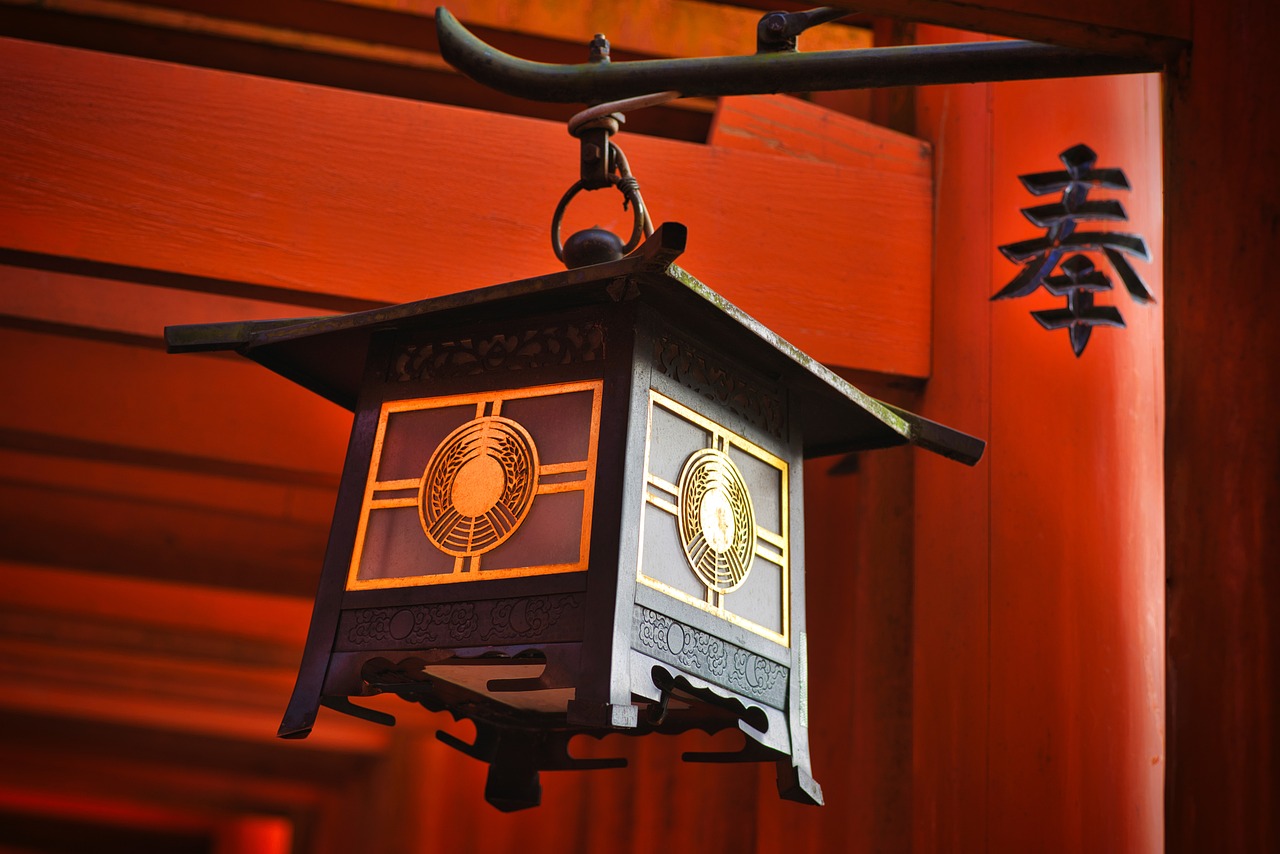
Regional Variations of Obon
When it comes to the Obon Festival in Japan, the regional variations add a fascinating layer of diversity to this already rich cultural event. Each region of Japan brings its own unique customs, dances, and traditions to the celebration, reflecting the local beliefs and practices that have been passed down through generations.
In rural areas of Japan, the Obon Festival takes on a rustic charm that is deeply rooted in tradition. Communities come together to honor their ancestors with heartfelt rituals and festivities that have remained unchanged for centuries. From simple yet meaningful ceremonies to traditional dances performed under the starlit sky, rural Obon celebrations offer a glimpse into the soul of Japan's countryside.
On the other hand, urban areas in Japan put a modern twist on the Obon Festival, blending ancient customs with contemporary flair. Cities come alive with vibrant street parades, bustling markets selling festival treats, and energetic Bon Odori dances that fuse traditional movements with modern music. Urban Obon celebrations showcase the dynamic nature of Japanese culture, where the past and present coexist in a harmonious dance of tradition and innovation.

Obon Festivities in Rural Areas
When it comes to Obon festivities in rural areas of Japan, one can expect a unique and authentic experience steeped in tradition and community spirit. These celebrations offer a glimpse into the heart of Japanese culture, where time-honored rituals and customs are cherished and preserved through generations.
In rural settings, Obon festivities often revolve around close-knit communities coming together to honor their ancestors in a more intimate and personal manner. The atmosphere is filled with a sense of nostalgia and reverence, as locals gather to pay their respects through traditional ceremonies and practices.
One of the central elements of Obon celebrations in rural areas is the Bon Odori dance, a mesmerizing performance that brings people of all ages together in a rhythmic display of unity and remembrance. The dance movements, passed down through the ages, symbolize the cycle of life and death, connecting participants with their ancestors and the spiritual realm.
Throughout the festivities, offerings of food, flowers, and incense are carefully arranged on altars to honor the departed souls. These offerings serve as a way to express gratitude and respect, creating a sacred space where families can connect with their heritage and ancestors.
Moreover, the rustic charm of rural Obon celebrations can be seen in the simplicity and authenticity of the rituals observed. From the lighting of lanterns to guide spirits back home to the sharing of traditional meals with neighbors, every aspect of the festival reflects a deep-rooted connection to the past and a profound sense of community.
As the sun sets and lanterns glow in the twilight, the spirit of Obon comes alive in rural Japan, where the traditions of the past continue to thrive amidst the changing tides of modernity. These festivities serve as a poignant reminder of the enduring legacy of ancestral reverence and the power of community bonds that transcend time and space.

Urban Obon Celebrations
Urban Obon Celebrations bring a modern twist to the traditional festival, infusing the age-old customs with contemporary flair. In bustling cities across Japan, the Obon Festival takes on a vibrant and dynamic character, reflecting the fast-paced urban lifestyle. Street parades adorned with colorful decorations fill the city streets, drawing both locals and tourists into the festive spirit.
Bon Odori dances in urban areas showcase a fusion of traditional moves with modern choreography, creating a captivating spectacle that mesmerizes onlookers. The rhythmic beats of drums and lively melodies echo through the cityscape, inviting everyone to join in the celebration of life and remembrance. These dances not only honor the ancestors but also serve as a form of cultural expression in a rapidly changing society.
Altars in urban settings are adorned with a blend of traditional offerings and contemporary decorations, symbolizing the harmonious coexistence of past and present. Incense wafts through the air, mingling with the aroma of street food stalls offering a variety of local delicacies. The urban landscape transforms into a vibrant tapestry of sights, sounds, and scents, creating a sensory experience unlike any other.
As night falls, the city lights up with lanterns illuminating the streets, symbolizing the guiding presence of ancestral spirits amidst the hustle and bustle of urban life. Modern interpretations of Obon festivities blend seamlessly with age-old traditions, showcasing the resilience and adaptability of Japanese culture in the face of change. Urban Obon Celebrations serve as a testament to the enduring spirit of remembrance and community, bridging the gap between the past and the present.

Modern Influences on Obon
Modern Influences on Obon have brought about a fascinating blend of tradition and innovation, shaping the way this ancient festival is celebrated in contemporary times. With the rapid pace of modernization and the influence of globalization, the Obon Festival has evolved to incorporate new elements while preserving its spiritual essence.
One notable modern influence on Obon is the integration of technology in the festivities. In urban areas, you may find electronic music accompanying traditional Bon Odori dances, creating a fusion of old and new. LED lights and digital displays now adorn the streets during Obon parades, adding a futuristic touch to the celebrations.
Moreover, the younger generation's participation in Obon has been revitalized through social media and online platforms. Virtual Bon Odori dance competitions and live-streamed rituals allow people to engage with the festival in innovative ways, transcending physical boundaries and reaching a global audience.
Another aspect of modern influence on Obon is the incorporation of multicultural elements. As Japan embraces diversity, Obon celebrations may feature performances from different cultural backgrounds, showcasing a harmonious exchange of traditions. This cultural fusion not only enriches the festival experience but also promotes cross-cultural understanding and unity.
Furthermore, environmental awareness has made its mark on Obon, with sustainable practices being incorporated into the festivities. From biodegradable offerings to eco-friendly lanterns, efforts are being made to reduce the environmental impact of the festival and promote a greener approach to honoring ancestors.
In conclusion, while modern influences continue to shape the Obon Festival, the core values of honoring ancestors and celebrating the continuity of life remain steadfast. The dynamic interplay between tradition and innovation ensures that Obon continues to evolve, reflecting the ever-changing landscape of Japanese culture and spirituality.
Frequently Asked Questions
- What is the significance of the Obon Festival in Japan?
The Obon Festival in Japan holds great cultural and spiritual significance as a time to honor ancestors and celebrate their spirits through various rituals and ceremonies.
- How did the Obon Festival originate?
The Obon Festival originated from Buddhist traditions and the belief in paying respects to deceased loved ones. Over time, it has evolved into a widely celebrated event in Japan.
- What are some common rituals observed during the Obon Festival?
Common rituals during the Obon Festival include ancestor worship, Bon Odori dances, offering food, flowers, and incense, as well as lighting lanterns to guide spirits.
- Are there regional variations in how the Obon Festival is celebrated?
Yes, different regions in Japan have unique customs and traditions for the Obon Festival, reflecting local beliefs and practices. Rural areas and urban cities may have distinct ways of celebrating.
- How has modernization influenced the Obon Festival?
Modernization and globalization have impacted the Obon Festival by blending contemporary interpretations with traditional practices, ensuring the spiritual journey of the festival remains relevant in today's society.

